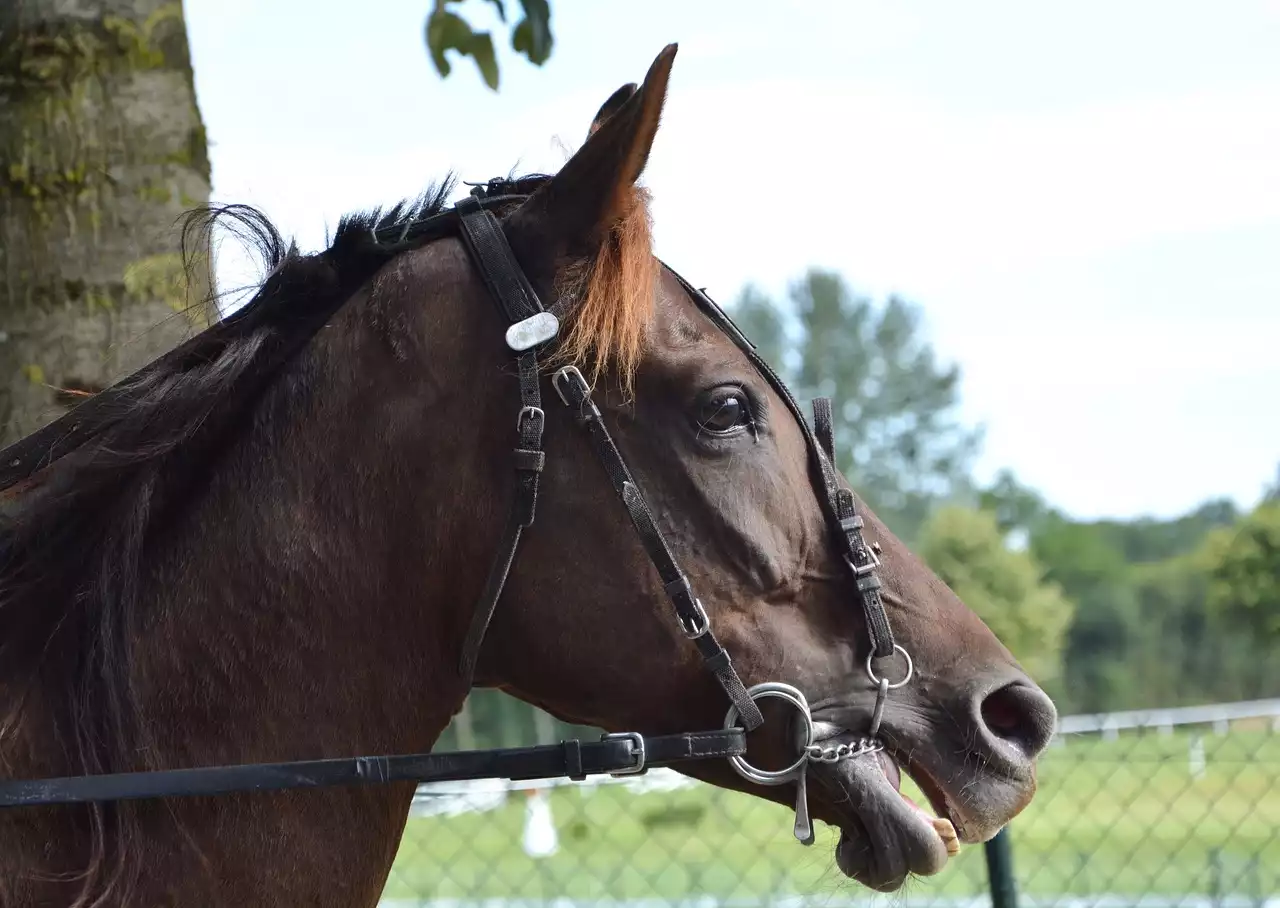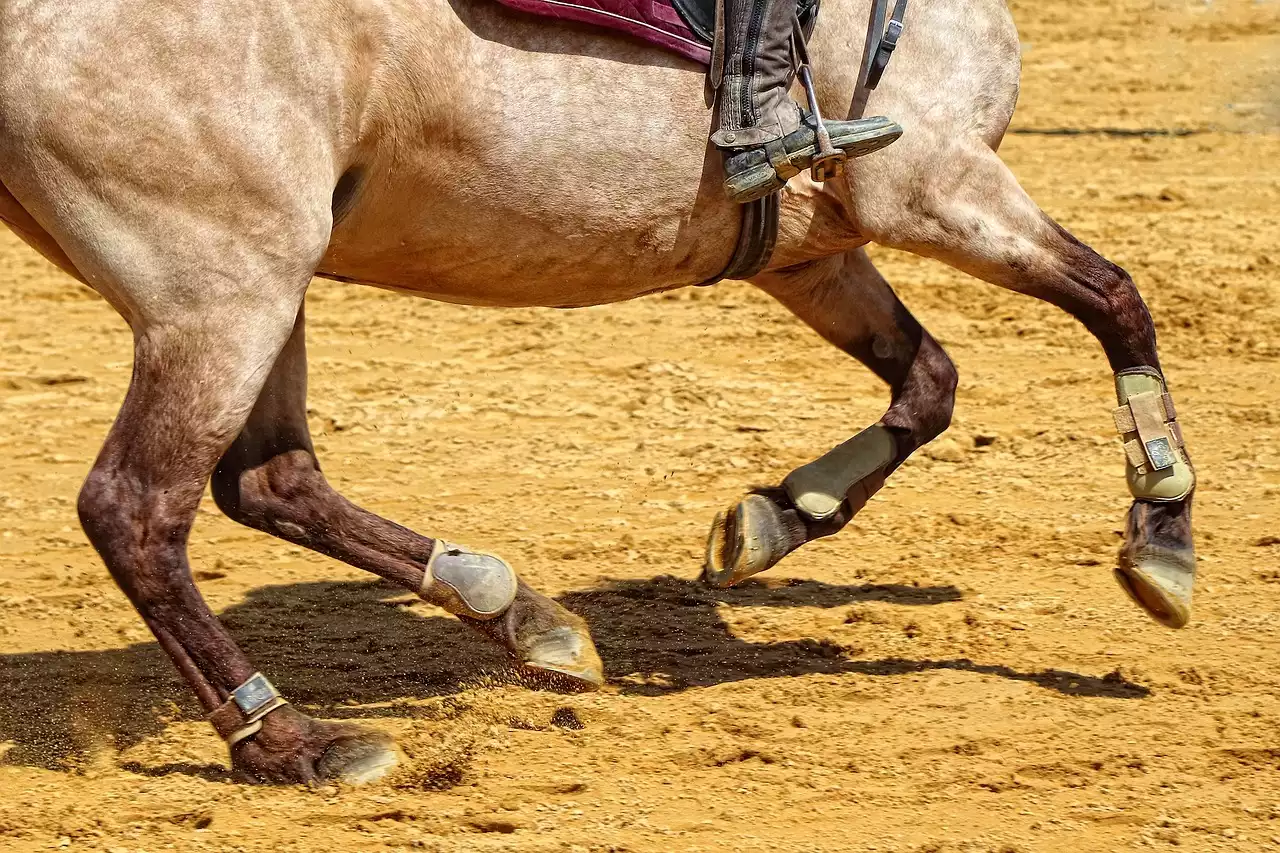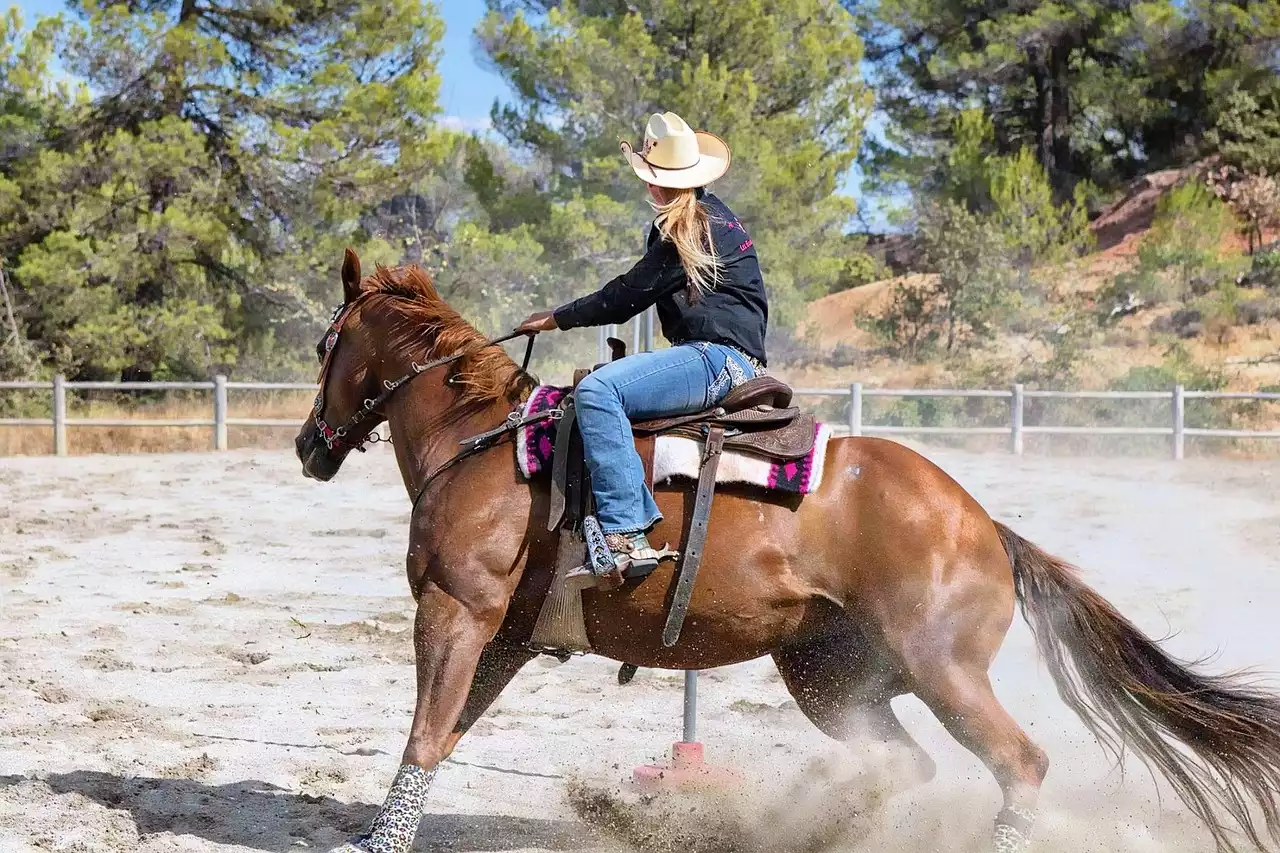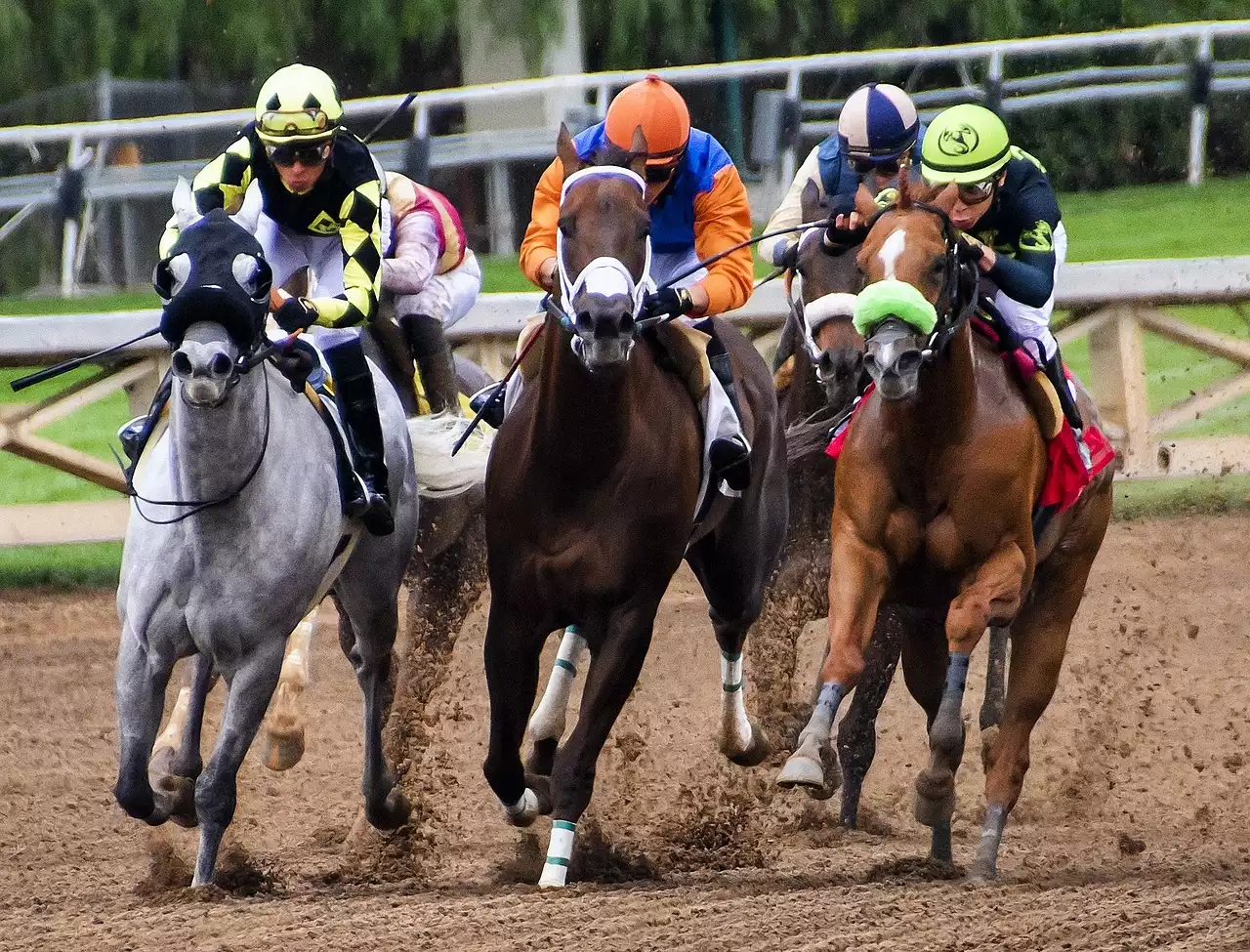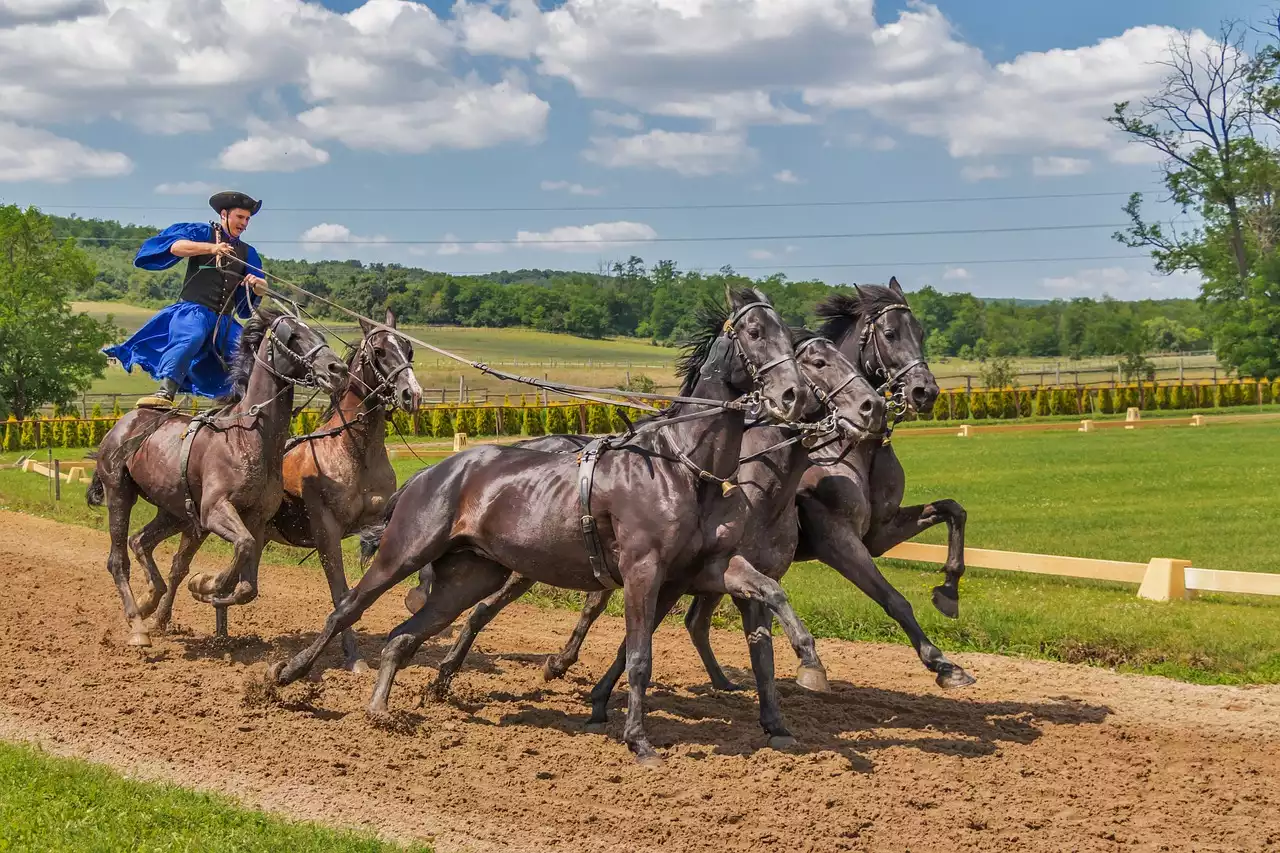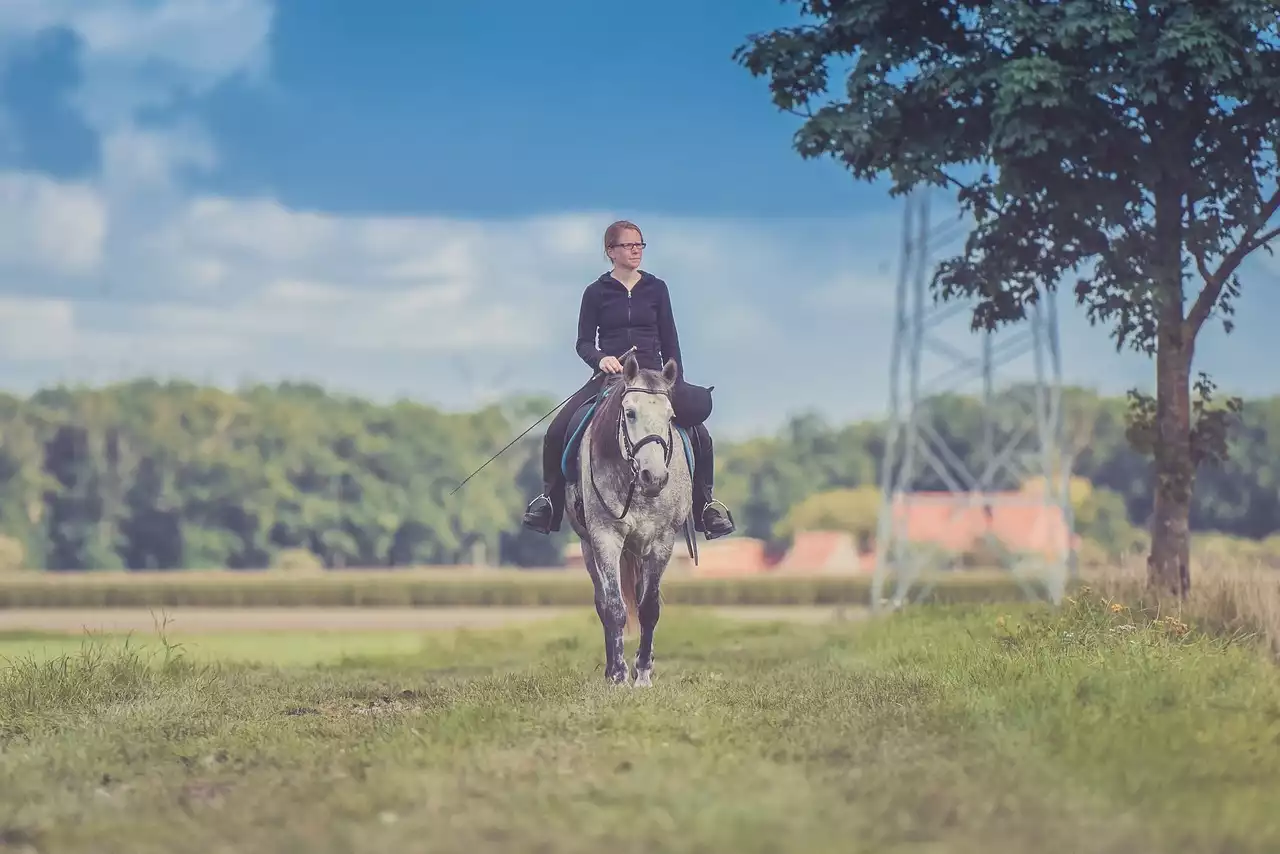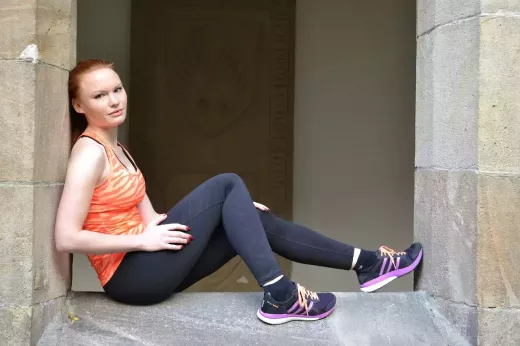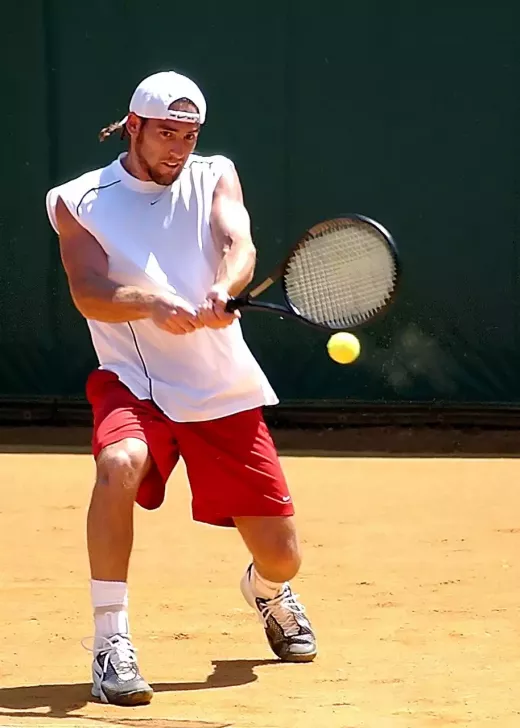Overview of the Aintree Grand National Race
The Aintree Grand National is one of the world’s most famous horse races, held annually in early April at the Aintree Racecourse in Liverpool. It is steeped in British history and is renowned for its thrilling jumps and gruelling course, which has been altered numerous times over the years to make it even harder. Spectators come from all over the world to witness the drama unfold as the jockeys and horses take on the formidable 4-mile track, which has become increasingly challenging over the years as additions have been made to the circuit. Not only is the race itself an adrenaline-filled spectacle, but the atmosphere that surrounds it is unbeatable; the event typically draws over 150,000 people and creates an unforgettable experience for all involved. For horse racing fans, the Aintree Grand National is a must-see event and one that is sure to stay in the collective British psyche for many years to come.
History of the Aintree Grand National Race
The Aintree Grand National has been held annually at the Aintree Racecourse in Liverpool since 1839 when it was won by a horse named Archer. The race has been held every year since, except for the two World Wars, when racing in the UK was cancelled. In the early days of the event, there was no definite course, with the route varying from year to year and being decided by the owner of the racecourse. The first course was 1 mile and 4 furlongs, and the prize for winning was a small trophy and a modest sum of cash. The race was originally run over 2 miles but was cut down to 1 mile in 1879 as the number of entrants had grown too high for this length of the track. The Grand National was dominated by the famous Cleeve Hill stud for many years but eventually came under the ownership of Lord George Bentinck, who introduced several significant changes to the race. In the 1850s, there were 16 fences on the course, and the distance was increased to 2 miles in 1856. The field was also reduced to 16 runners, with the addition of a qualifying race, the Grand National Trial, in 1876. Bentinck also brought the race to Aintree Racecourse, having previously been held at the nearby Melling Road course. The race has been notoriously difficult ever since these changes were introduced; since its inception, 18 horses have died in the Grand National, with the first fatality occurring in 1869.
Course and Obstacles of the Aintree Grand National Race
The course of the Aintree Grand National has been altered numerous times over the years, with the addition of new obstacles and the removal of others. The most famous fence is Becher’s Brook, which stands about 35 yards from the finish line. This is the point at which many horses have fallen in the past, and is one of the hardest sections of the track. The majority of the fences are traditional-style National Hunt obstacles, with the only difference being that there are more of them, and they are much closer together than other National Hunt tracks. The course is 4 miles long, with 16 fences in total that the horses must jump. The first fence is the Canal Turn, which is followed by the Railway Turn and then the infamous Canal Turn again. The Canal Turn is one of the most difficult fences, as the horses have to jump it twice, and is where many runners are expected to fall. The field then jumps the 5th and 7th fences together, which are followed by the Water Jump and the 10th fence. The field then jumps the 11th and 12th fences, followed by the 13th and 14th fences together. The 15th, 16th and 17th fences are the final set of hurdles the runners must jump before reaching the final fence, the most famous of which is Becher’s Brook. The runners then finish the race by jumping the 18th and final fence, the Chair fence.
Famous Horses and Jockeys that have Participated in the Aintree Grand National Race
There have been some truly legendary horses to take part in the Aintree Grand National, with some of them even winning the race twice. The most successful horse in the history of the race is The Tosser, which won 2 Grand Nationals in 1901 and 1904. The Tosser was trained by the legendary Jack Orr and is often considered to be one of the best Grand National winners in history. All these years later, the horse is still remembered, with its name being used as a colloquial term by British sports commentators as a synonym for something unexpected or out of the blue. Other notable horses that have taken part in the Aintree Grand National include Lord Gyllene, who won the race in 1900, and Comrade, who took the win in 1928. Several notable jockeys have also taken part in the race, including AP Rowley, who won the race in 1909, and Steve Harding, who won in 1990.
The atmosphere of the Aintree Grand National Race
The atmosphere at the Aintree Grand National is simply indescribable. There is a sense of excitement and anticipation in the air, and the excitement only grows as the race draws nearer. The race itself is a thrilling spectacle that is not easily forgotten, but the atmosphere in the run-up to the event is what truly makes the Grand National special. There is a real sense of community among the people who visit the Aintree Grand National, and everyone is willing to help the horses succeed or hope for them to fail, depending on their interests. The noise created by the thousands of people in attendance is enough to rattle the windows, and the noise only increases as the race draws nearer. The atmosphere at the Aintree Grand National is unlike anything else in the world and is something that must be experienced to be fully appreciated.
Effects of the Aintree Grand National Race on British Society
The Aintree Grand National has become synonymous with British sports and culture over the years, and its influence can be felt throughout the country. It is one of the most-watched races in the UK and is the most-watched horse race in the world outside of the US. In 2018, the race was watched by over 10 million people in the UK and is one of the few events that can rival the popularity of the FA Cup Final or Wimbledon. The Aintree Grand National also gives employment to many people in the UK, both in terms of the race itself and the tourism it brings to the country. The Grand National is one of the most popular tourist destinations in the UK, and the number of people attending the race is expected to rise thanks to its new broadcasting deal with Channel 4. Many people visit the area for the Grand National each year, and the race is an important element of tourism in the North West. The Grand National also has a significant impact on the wider sports industry, with many brands and sports companies hoping to use the race as a way of reaching a wider audience.
Tips for Betting on the Aintree Grand National Race
It can be tough to predict the outcome of the Aintree Grand National, with many different factors coming into play and making the race a lottery in many ways. There are many different methods of predicting the outcome of the Grand National, but it is important to try and avoid any biases or preconceived notions when doing so. It is important to look at as many factors as possible when predicting the outcome of the race, such as the experience of the jockey, the weather, and the track conditions.
